Home>Furniture & Design>Living Room Furniture>How To Fix Loose Arm On Recliner
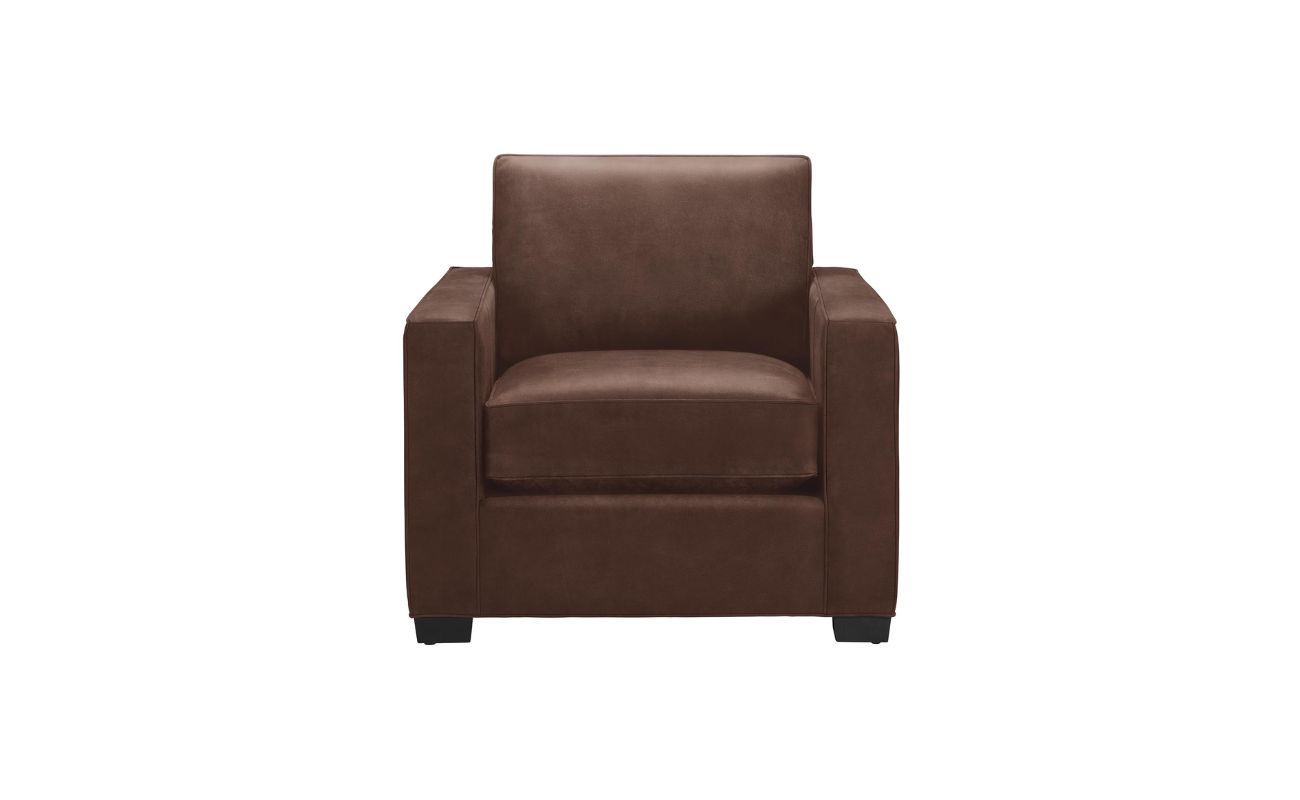

Living Room Furniture
How To Fix Loose Arm On Recliner
Published: February 12, 2024
Learn how to fix a loose arm on your recliner with our step-by-step guide. Keep your living room furniture in top shape with our easy DIY solution.
(Many of the links in this article redirect to a specific reviewed product. Your purchase of these products through affiliate links helps to generate commission for Storables.com, at no extra cost. Learn more)
Introduction
A recliner is a beloved piece of furniture that offers unparalleled comfort and relaxation. Whether it's used for unwinding after a long day or enjoying a leisurely weekend, a recliner becomes an essential part of any living room. However, over time, the wear and tear of regular use can lead to common issues such as a loose arm on the recliner. This can be frustrating and diminish the overall comfort and functionality of the recliner.
Fortunately, fixing a loose arm on a recliner is a manageable task that can be accomplished with the right tools and a bit of know-how. By addressing this issue promptly, you can restore the stability and structural integrity of your recliner, ensuring that it continues to provide the comfort and support you rely on.
In this comprehensive guide, we will walk you through the process of fixing a loose arm on your recliner. From identifying the issue to the step-by-step repair process, we will cover everything you need to know to tackle this common problem effectively. Additionally, we'll provide valuable tips and considerations to help you ensure a successful repair and extend the lifespan of your beloved recliner.
By following the instructions outlined in this guide, you can regain the full functionality of your recliner and enjoy uninterrupted moments of relaxation. Let's dive into the process of fixing a loose arm on your recliner and restore it to its former glory.
Key Takeaways:
- Don’t let a loose arm on your recliner ruin your relaxation time. With the right tools and know-how, you can easily tighten fasteners, repair internal mechanisms, and reinforce the arm’s structure to restore stability and comfort.
- Regular maintenance, proper handling, and professional inspection can extend the life of your recliner. By following these tips and considerations, you can prevent common issues and ensure your beloved furniture piece continues to provide relaxation and enjoyment.
Read more: How To Fix A Loose Faucet
Identifying the Issue
Before embarking on the repair process, it's crucial to accurately identify the root cause of the loose arm on your recliner. Understanding the underlying issue will enable you to implement the most effective solution and prevent future recurrence of the problem.
Loose arms on recliners can stem from various factors, including wear and tear, loose or damaged hardware, or structural issues. One common cause is the gradual loosening of the bolts or screws that secure the arm to the recliner's frame. Over time, these fasteners may become compromised due to regular use, leading to instability and a noticeable wobble in the arm.
Another potential culprit is the deterioration of the internal mechanisms within the recliner's arm. If the recliner features a lever or handle to activate the footrest or reclining function, the internal components may become worn or damaged, resulting in a loose and unsteady arm.
Furthermore, the frame of the recliner itself may be subject to structural weakening, particularly if the recliner has been in use for an extended period. This can manifest as excessive movement or play in the arm, compromising the overall stability of the recliner.
To accurately diagnose the issue, carefully inspect the recliner's arm for any visible signs of damage or wear. Check the bolts, screws, and other fasteners to determine if they are loose or if the threads have become stripped. Additionally, test the arm's movement and stability to gauge the extent of the problem.
By thoroughly assessing the condition of the recliner's arm and its attachment to the frame, you can pinpoint the specific cause of the looseness. This initial step is crucial in formulating an effective repair strategy tailored to the unique circumstances of your recliner.
Identifying the underlying issue is the first step toward restoring your recliner to its optimal condition, ensuring that you can continue to enjoy its comfort and functionality for years to come.
Tools and Materials Needed
Repairing a loose arm on a recliner requires a specific set of tools and materials to effectively address the issue and restore stability to the furniture piece. Before initiating the repair process, it's essential to gather the following items to ensure a seamless and successful repair:
Tools:
- Screwdriver Set: A versatile screwdriver set with various head types, including flathead and Phillips, is indispensable for accessing and tightening the fasteners securing the recliner's arm.
- Adjustable Wrench: An adjustable wrench is essential for tightening nuts and bolts, providing the necessary torque to secure the arm to the recliner's frame.
- Pliers: Having a pair of pliers on hand can aid in gripping and manipulating small components, facilitating the repair process.
- Allen Wrench Set: If the recliner features hexagonal socket head screws, an Allen wrench set is crucial for accessing and tightening these fasteners.
- Rubber Mallet: In some cases, gently tapping components back into place with a rubber mallet can help realign and secure loose parts without causing damage.
Materials:
- Replacement Fasteners: Depending on the condition of the existing fasteners, it may be necessary to acquire replacement screws, bolts, or nuts to ensure a secure attachment of the recliner's arm.
- Wood Glue: If the looseness is attributed to a structural issue within the arm itself, wood glue can be used to reinforce and stabilize the affected areas.
- Threadlocker: Utilizing threadlocker, such as Loctite, can prevent fasteners from loosening over time, providing added security to the arm's attachment points.
- Supportive Materials: Depending on the specific nature of the repair, additional supportive materials, such as shims or washers, may be required to eliminate excess play and enhance stability.
By assembling these essential tools and materials, you will be well-equipped to address the issue of a loose arm on your recliner effectively. This comprehensive selection ensures that you have the necessary resources to navigate the repair process with confidence and precision, ultimately restoring your recliner to its optimal condition.
Read more: How To Fix Siding That Is Loose
Steps to Fix a Loose Arm on Recliner
-
Assess the Looseness: Begin by thoroughly examining the recliner's arm to determine the extent of the looseness. Test the arm's movement and stability, identifying any specific areas of play or wobble. This initial assessment will guide the subsequent steps of the repair process.
-
Access the Fasteners: Using the appropriate screwdriver or wrench, locate and access the fasteners securing the loose arm to the recliner's frame. Depending on the recliner's design, these fasteners may be located on the underside of the arm or within the upholstery.
-
Tighten the Fasteners: Carefully tighten each fastener, ensuring that they are securely fastened to the frame. Apply the necessary torque to eliminate any play in the arm, effectively stabilizing its attachment to the recliner.
-
Inspect Internal Mechanisms: If the looseness persists after tightening the fasteners, inspect the internal mechanisms within the recliner's arm. This may involve removing the upholstery or accessing the internal components to identify any worn or damaged parts.
-
Repair Internal Components: If internal mechanisms are found to be the cause of the looseness, proceed to repair or replace the affected components. This may involve repositioning or securing loose parts, lubricating moving components, or replacing worn-out elements to restore the arm's stability.
-
Reinforce Structural Integrity: In cases where the arm itself exhibits structural weakness, reinforce the affected areas using wood glue or supportive materials. This step is crucial for addressing any inherent instability within the arm and ensuring long-term durability.
-
Apply Threadlocker (Optional): To prevent future loosening of fasteners, consider applying a threadlocker, such as Loctite, to the tightened screws or bolts. This additional measure provides enhanced security and helps maintain the integrity of the arm's attachment over time.
-
Test the Stability: Once the repair steps are completed, thoroughly test the stability of the recliner's arm. Apply gentle pressure and assess the arm's movement to confirm that the looseness has been effectively addressed.
-
Reassemble the Recliner: If any upholstery or coverings were removed during the repair process, carefully reassemble the recliner, ensuring that all components are securely in place. This step is essential for restoring the recliner to its original appearance and functionality.
-
Enjoy the Restored Comfort: With the loose arm successfully repaired, take a moment to relax and enjoy the restored comfort and stability of your recliner. By addressing the issue promptly and effectively, you have ensured that your recliner continues to provide unparalleled relaxation for years to come.
By following these comprehensive steps, you can effectively address and resolve the issue of a loose arm on your recliner, restoring its stability and functionality with confidence and precision.
Testing the Repair
After completing the repair process to address the loose arm on your recliner, it's crucial to thoroughly test the effectiveness of the repair to ensure that the stability and functionality of the recliner have been successfully restored. Testing the repair involves a series of assessments and evaluations to confirm that the underlying issue has been adequately addressed and that the recliner is once again capable of providing the comfort and support you expect.
Begin by applying gentle pressure to the recliner's arm, testing its movement and stability. Check for any noticeable play or wobbling, carefully gauging the responsiveness of the arm to determine if the repair has effectively eliminated the looseness. By assessing the arm's behavior under controlled pressure, you can gain valuable insights into the impact of the repair and identify any lingering issues that may require further attention.
Next, engage the reclining or footrest mechanisms, if applicable, to verify that the internal components and mechanisms within the arm function smoothly and reliably. Actuate the reclining feature multiple times, observing the arm's behavior and responsiveness to ensure that the repair has addressed any internal issues contributing to the looseness. This step is essential for confirming that the recliner's functionality has been fully restored, allowing you to enjoy its complete range of features without compromise.
Furthermore, sit in the recliner and assume various positions to test its overall stability and comfort. Lean against the arm and shift your weight to different areas, assessing the recliner's ability to support your movements without exhibiting any signs of instability. By actively using the recliner in a manner consistent with typical usage, you can gain a comprehensive understanding of the effectiveness of the repair and identify any residual issues that may require additional adjustments.
Throughout the testing process, pay close attention to any unusual sounds, movements, or sensations that may indicate lingering issues with the arm's stability. By remaining attentive to these details, you can promptly identify and address any potential concerns, ensuring that the recliner is restored to its optimal condition without compromise.
By conducting thorough and methodical testing, you can confidently confirm that the repair has successfully addressed the issue of the loose arm on your recliner, allowing you to enjoy its comfort and functionality with the assurance of a job well done.
Additional Tips and Considerations
As you embark on the journey of fixing a loose arm on your recliner, it's essential to consider additional tips and factors that can contribute to a successful repair and prolonged durability of your beloved furniture piece. These insights and considerations are designed to complement the repair process and provide valuable guidance for maintaining the optimal condition of your recliner.
Regular Maintenance:
Implementing a routine maintenance schedule for your recliner can significantly extend its lifespan and prevent common issues such as a loose arm. Regularly inspect the fasteners, internal mechanisms, and overall structural integrity of the recliner to identify any potential issues early on. By addressing minor concerns promptly, you can prevent them from escalating into more significant problems that may compromise the functionality of the recliner.
Read more: How To Fix Loose Electrical Box
Proper Handling and Usage:
Encouraging proper handling and usage of the recliner among household members and guests can mitigate unnecessary strain and stress on its components. Advise individuals to avoid exerting excessive force on the arm when adjusting the recliner or using the footrest, as this can contribute to accelerated wear and potential loosening of the arm over time. By promoting mindful usage, you can preserve the stability and longevity of the recliner.
Optimal Placement:
Consider the placement of the recliner within your living space to minimize exposure to factors that can contribute to loosening of the arm. Avoid situating the recliner in areas prone to excessive humidity, direct sunlight, or temperature fluctuations, as these environmental conditions can impact the materials and components of the recliner. Additionally, positioning the recliner on a level surface can help distribute weight evenly, reducing strain on its structural elements.
Professional Inspection:
In cases where the looseness of the recliner's arm persists despite DIY repair attempts, seeking the expertise of a professional furniture technician or upholsterer can provide valuable insights and solutions. A trained professional can conduct a comprehensive assessment of the recliner, identify underlying issues, and implement advanced repair techniques to restore its stability. Their expertise can offer peace of mind and ensure that the recliner receives the attention it requires.
Upholstery Care:
If the repair process involves accessing the internal components of the recliner, take care to preserve the integrity of the upholstery and coverings. Safeguard these materials from damage or staining during the repair, and ensure that they are reassembled securely to maintain the recliner's aesthetic appeal. Following manufacturer-recommended upholstery care guidelines can also contribute to the overall maintenance of the recliner.
By incorporating these additional tips and considerations into your approach to fixing a loose arm on your recliner, you can enhance the effectiveness of the repair and promote the long-term resilience of your cherished furniture piece. These proactive measures and insights empower you to maintain the comfort and functionality of your recliner, ensuring that it continues to be a source of relaxation and enjoyment for years to come.
Read more: How To Fix A Loose Showerhead Pipe
Conclusion
In conclusion, addressing a loose arm on a recliner is a manageable task that can be accomplished with the right tools, knowledge, and a systematic approach. By following the comprehensive steps outlined in this guide, you can effectively restore the stability and functionality of your recliner, ensuring that it continues to provide unparalleled comfort and relaxation.
The process begins with a thorough assessment of the recliner's arm to identify the underlying cause of the looseness. Whether attributed to loose fasteners, internal mechanism issues, or structural weaknesses, accurately diagnosing the problem is essential for formulating an effective repair strategy.
Gathering the necessary tools and materials, including screwdrivers, wrenches, wood glue, and supportive materials, equips you to navigate the repair process with confidence and precision. By meticulously following the step-by-step instructions, you can tighten fasteners, repair internal mechanisms, and reinforce the structural integrity of the recliner's arm, effectively eliminating the looseness and restoring stability.
Thorough testing of the repair is crucial to confirm its effectiveness, ensuring that the recliner's arm exhibits optimal stability and functionality. By conducting assessments of the arm's movement, internal mechanisms, and overall comfort, you can gain valuable insights into the success of the repair and identify any lingering issues that require attention.
Furthermore, incorporating additional tips and considerations, such as regular maintenance, proper handling, and professional inspection when needed, can contribute to the prolonged durability and resilience of your recliner. These proactive measures empower you to maintain the optimal condition of your recliner and prevent common issues from arising in the future.
Ultimately, by addressing the issue of a loose arm on your recliner promptly and effectively, you can continue to enjoy its comfort and support for years to come. The restored stability and functionality of your recliner ensure that it remains a cherished piece of furniture, providing moments of relaxation and tranquility in your living space.
By following the guidance provided in this comprehensive guide, you have demonstrated the capability to tackle common furniture issues and preserve the comfort and functionality of your living room essentials. With the knowledge and insights gained from this process, you are well-equipped to address similar challenges and maintain the optimal condition of your furniture in the future.
Frequently Asked Questions about How To Fix Loose Arm On Recliner
Was this page helpful?
At Storables.com, we guarantee accurate and reliable information. Our content, validated by Expert Board Contributors, is crafted following stringent Editorial Policies. We're committed to providing you with well-researched, expert-backed insights for all your informational needs.
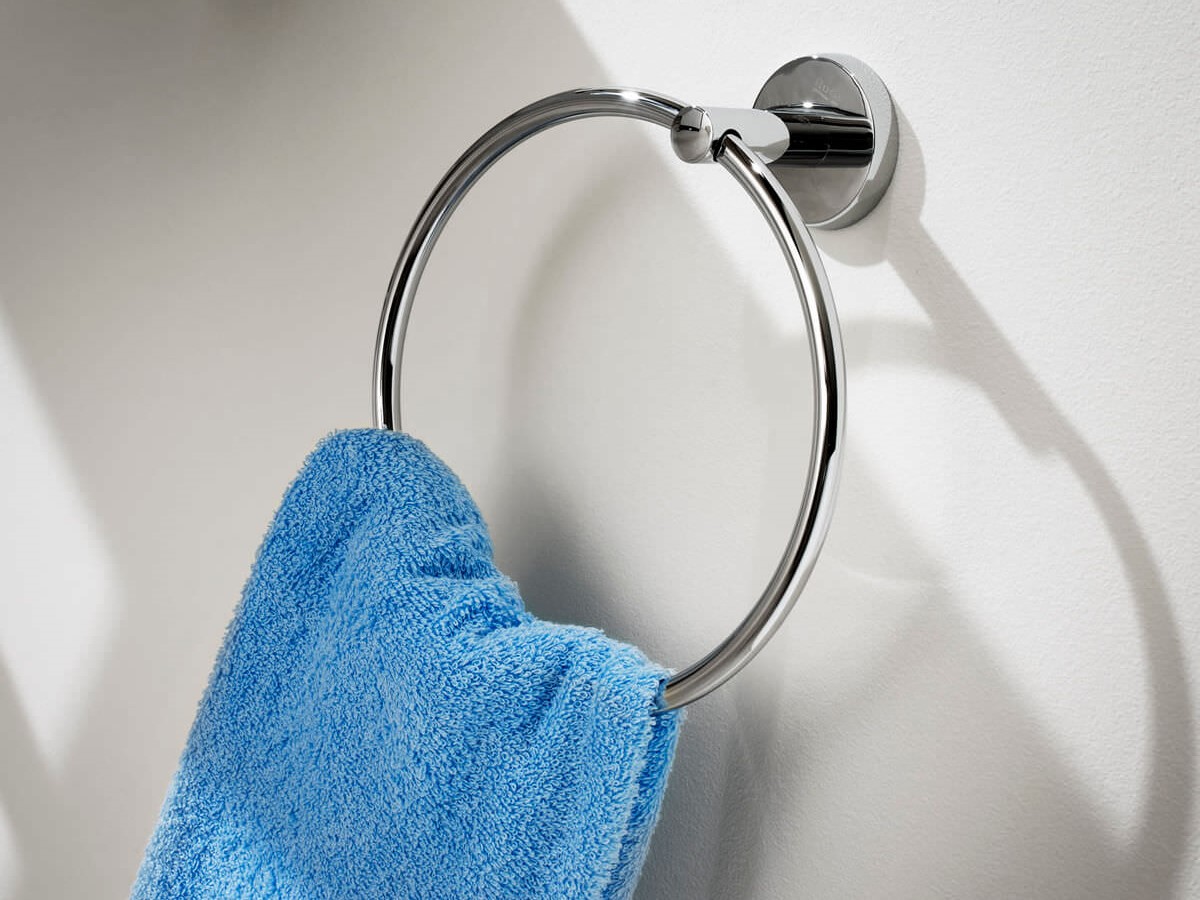
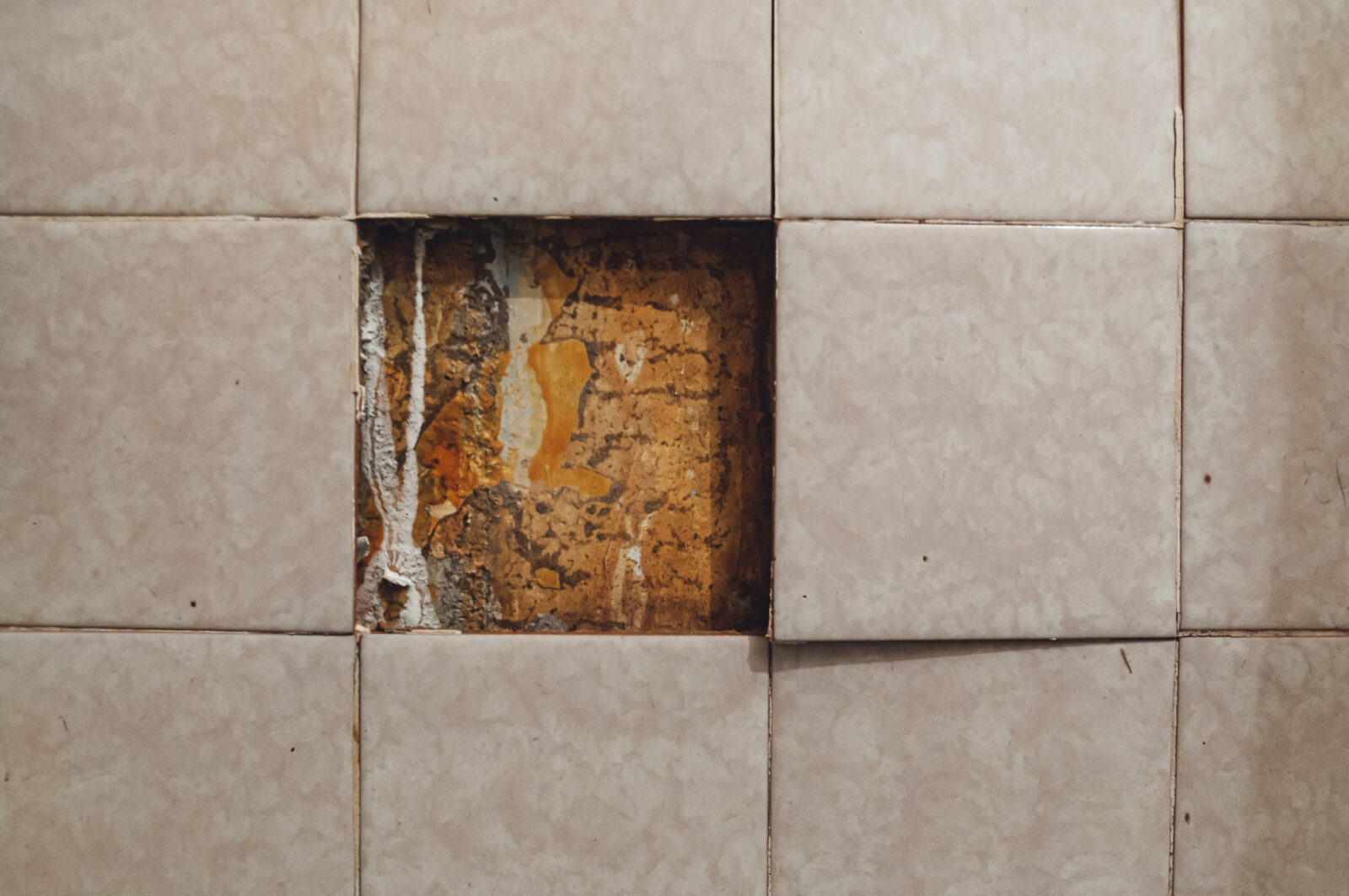
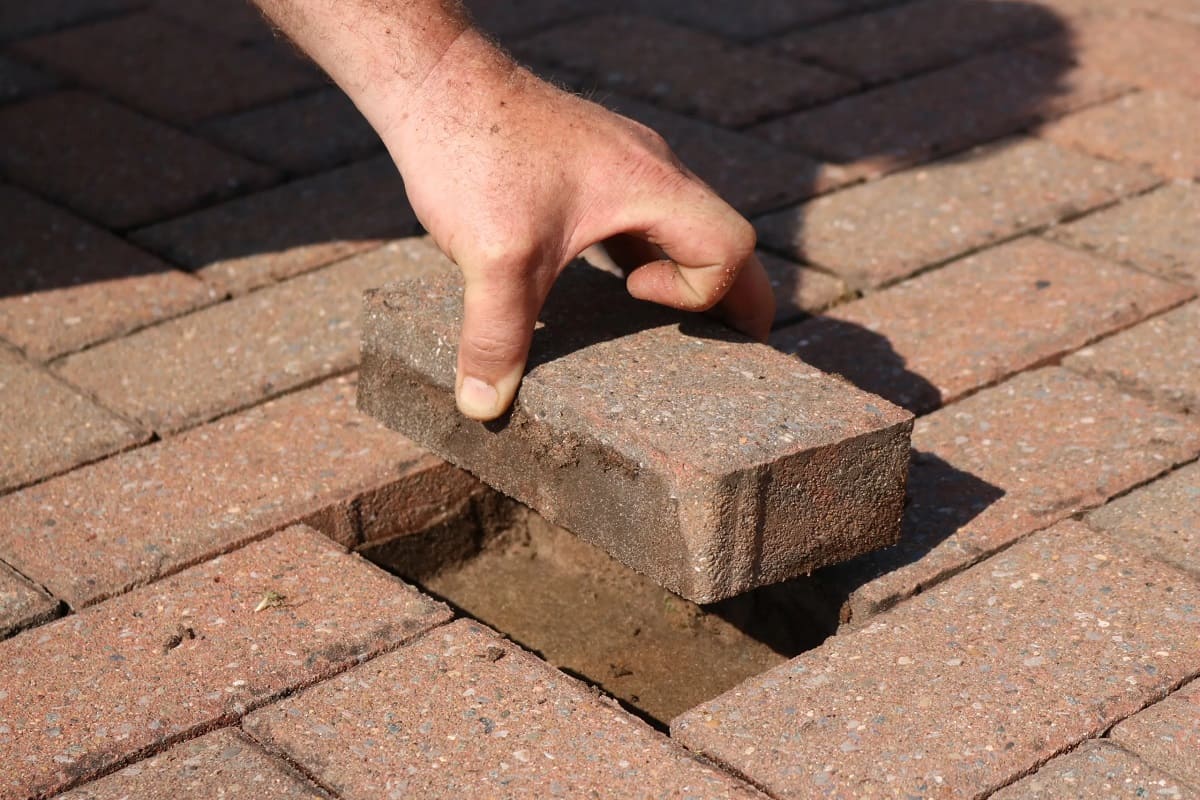
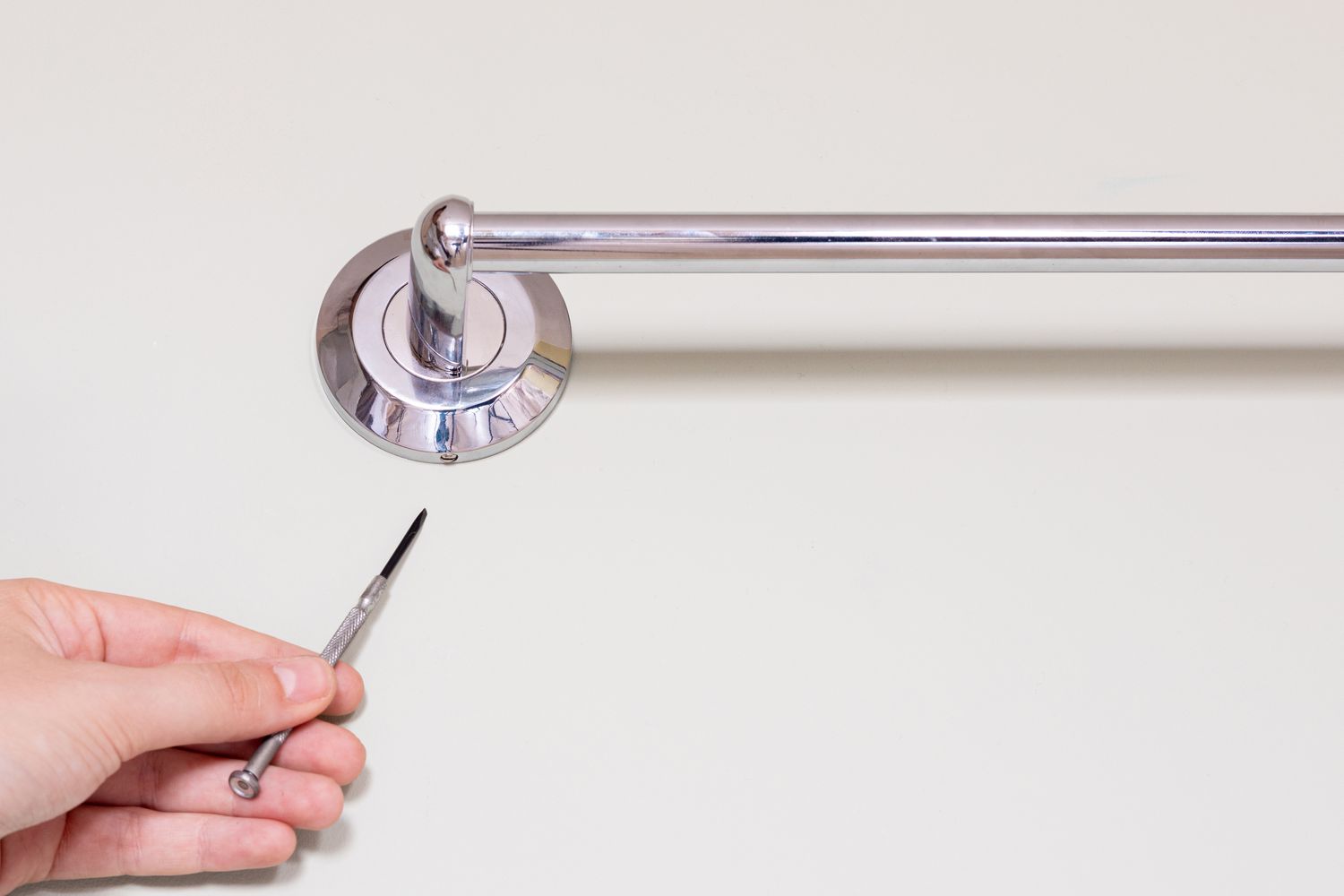
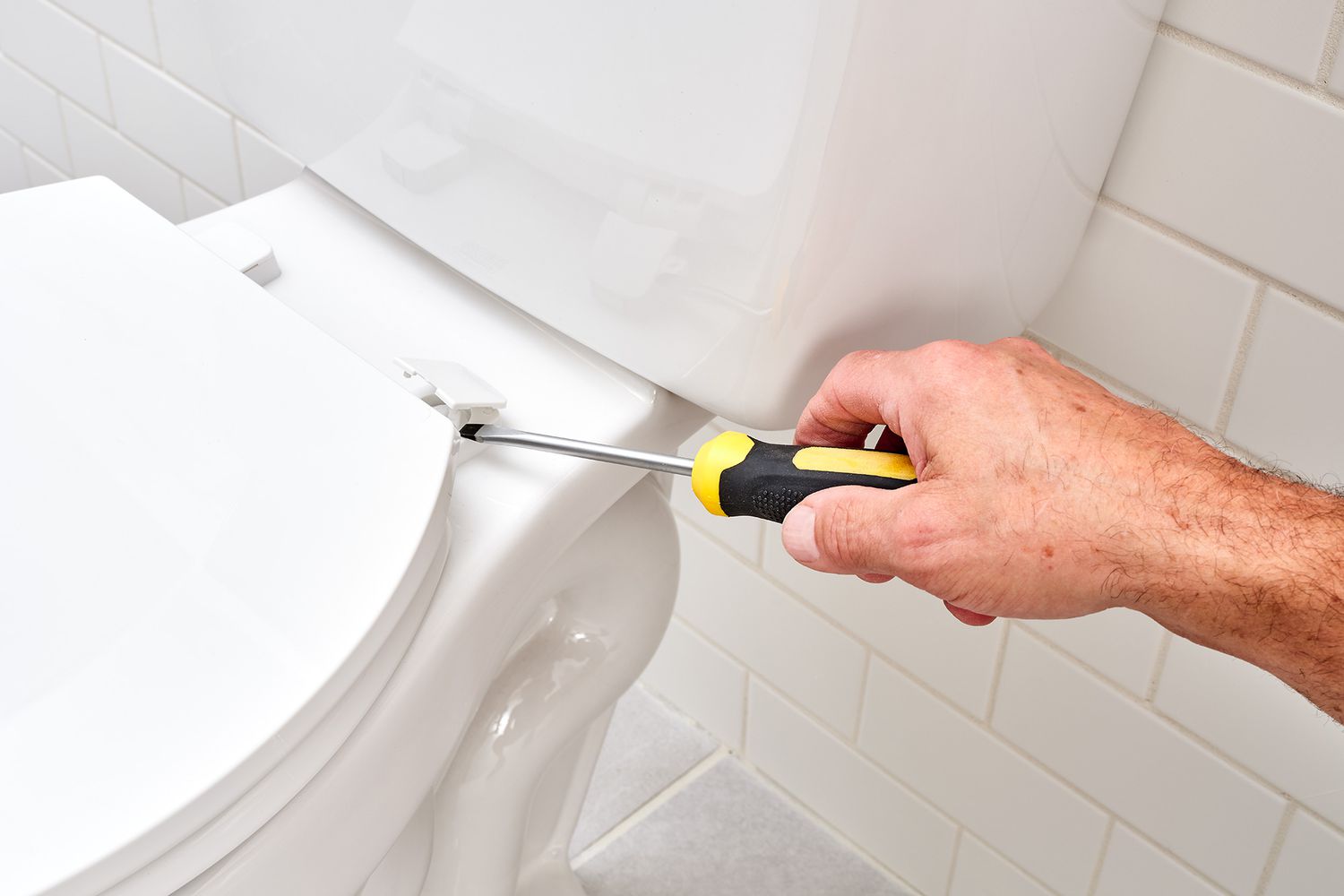
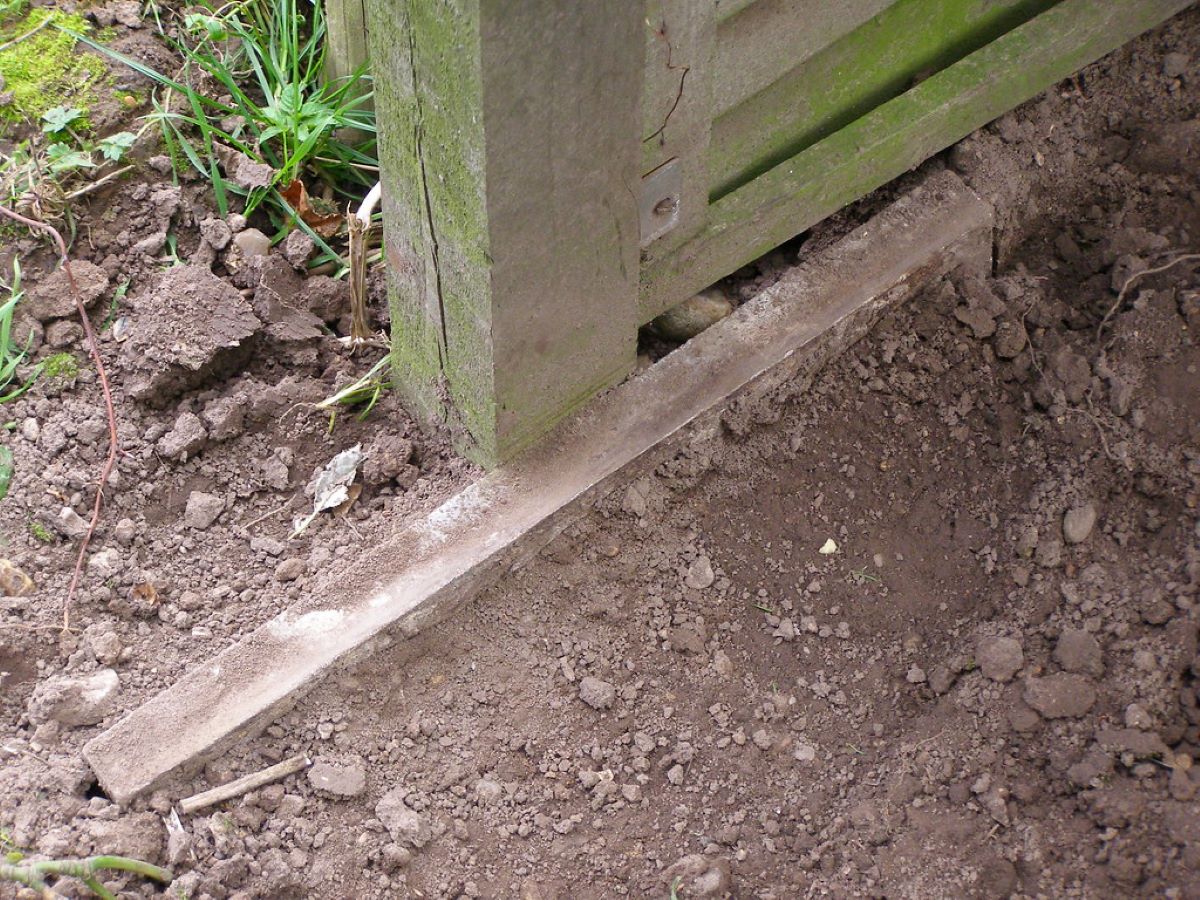
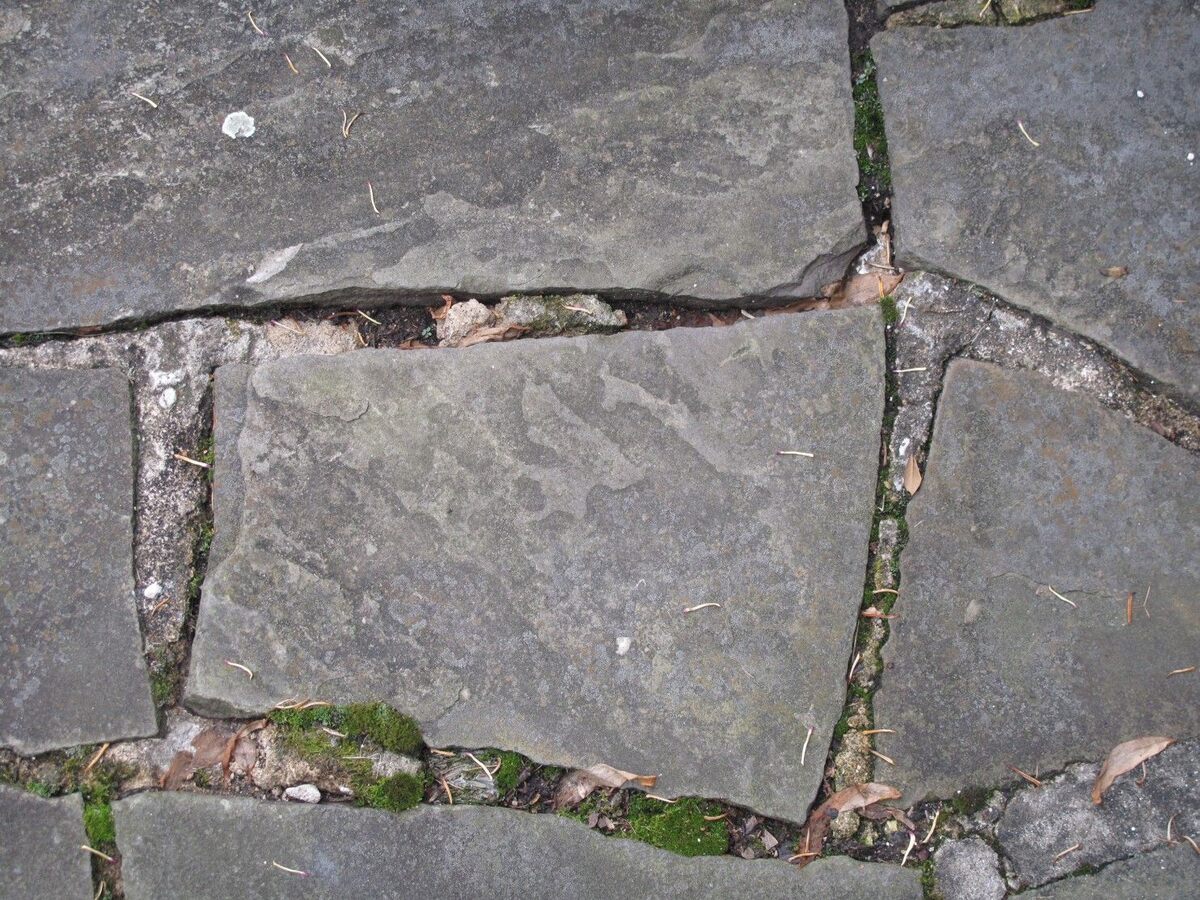
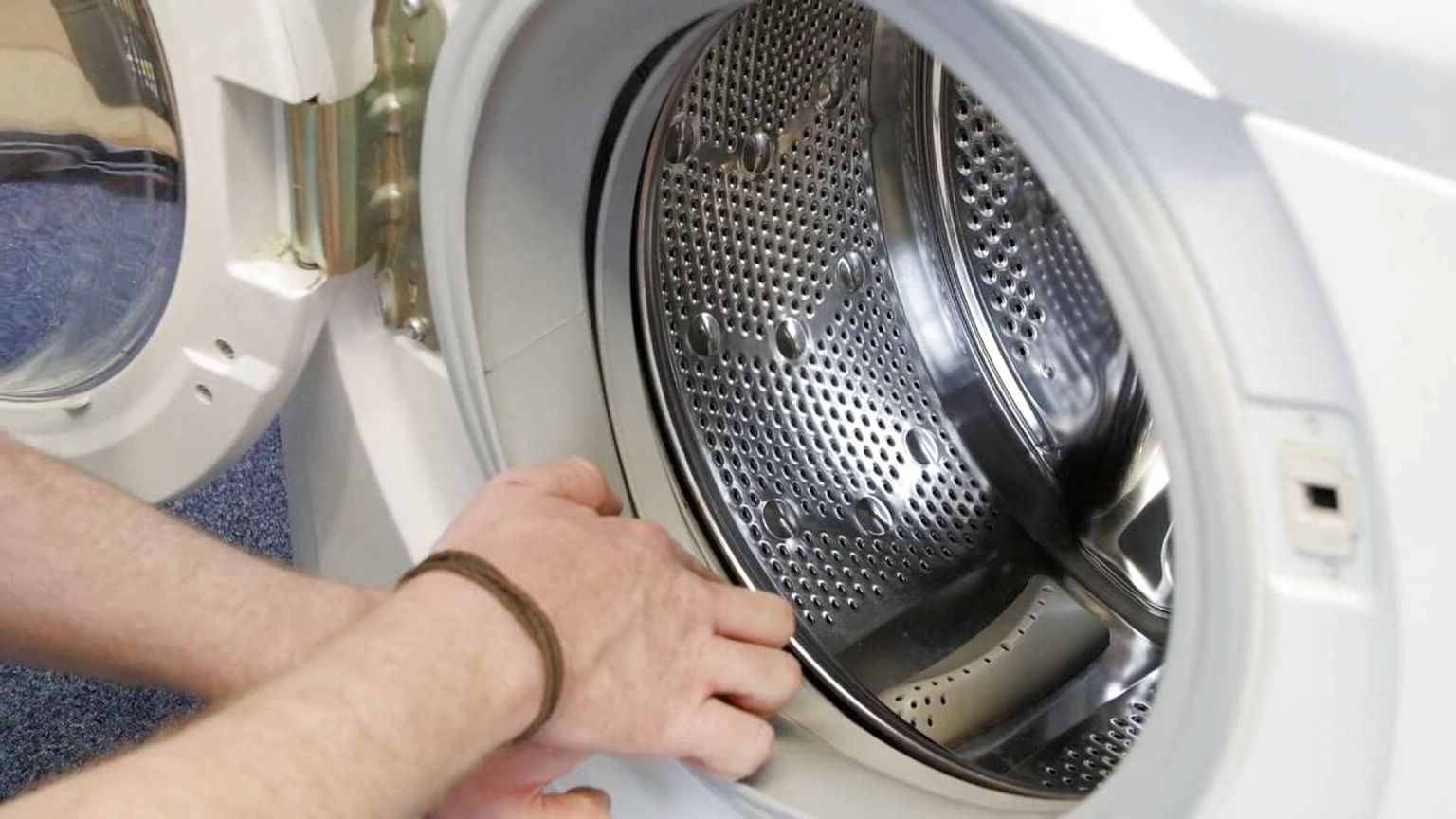
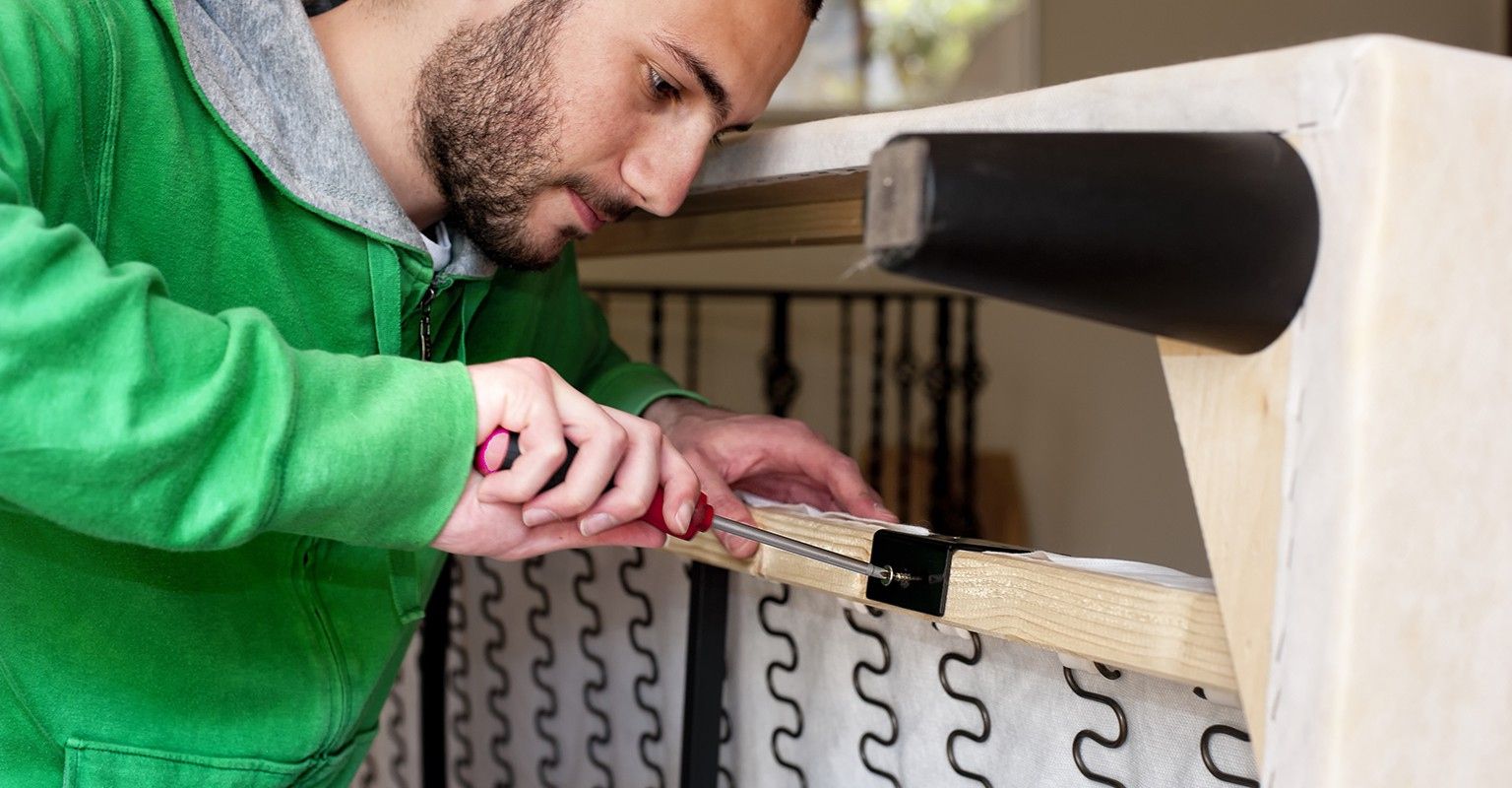
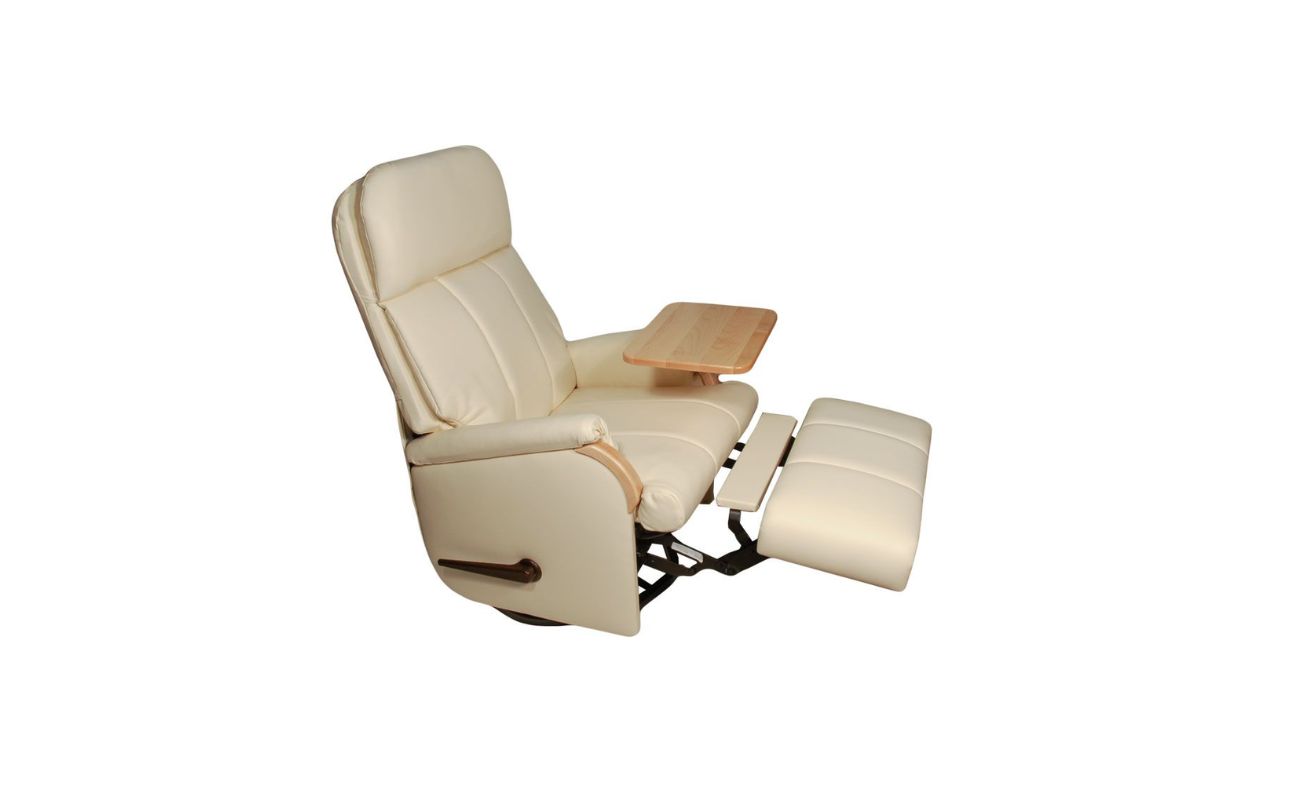
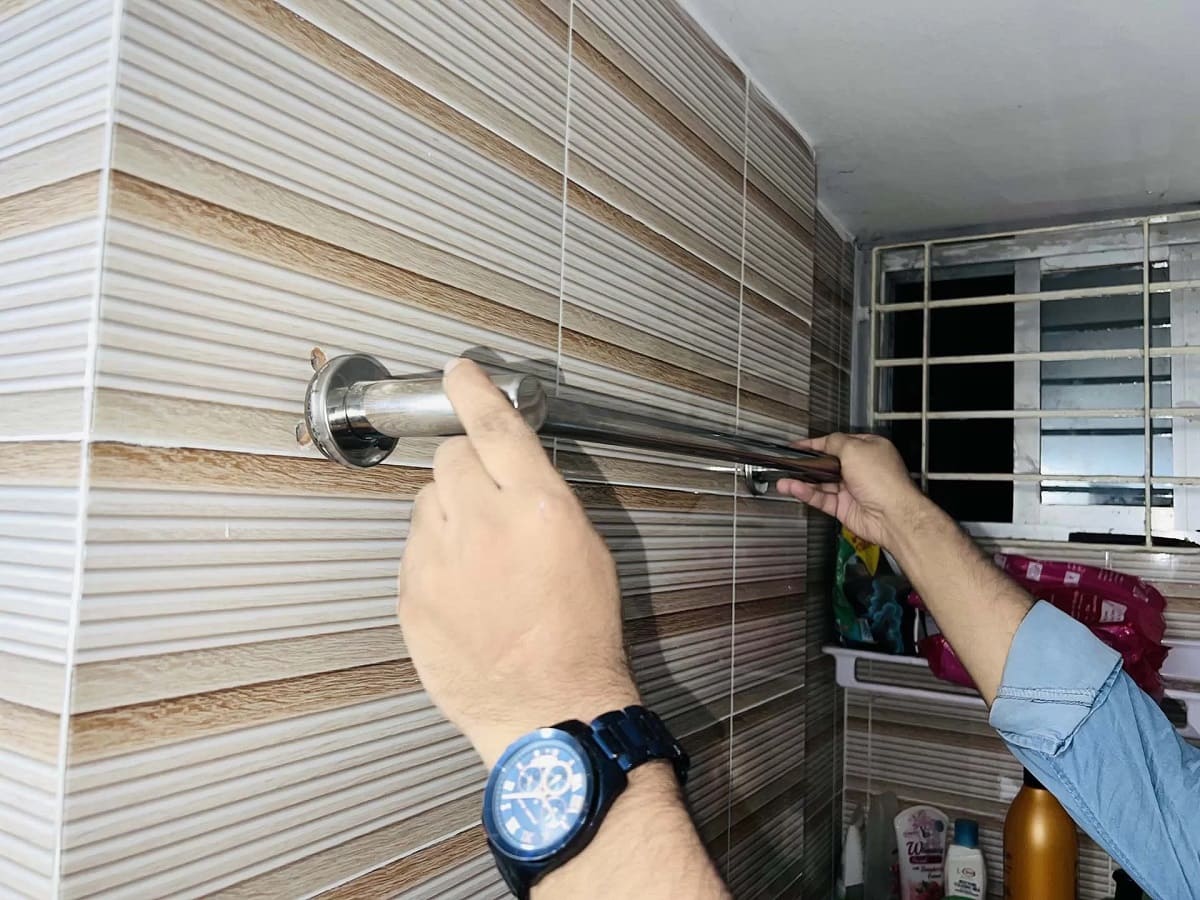
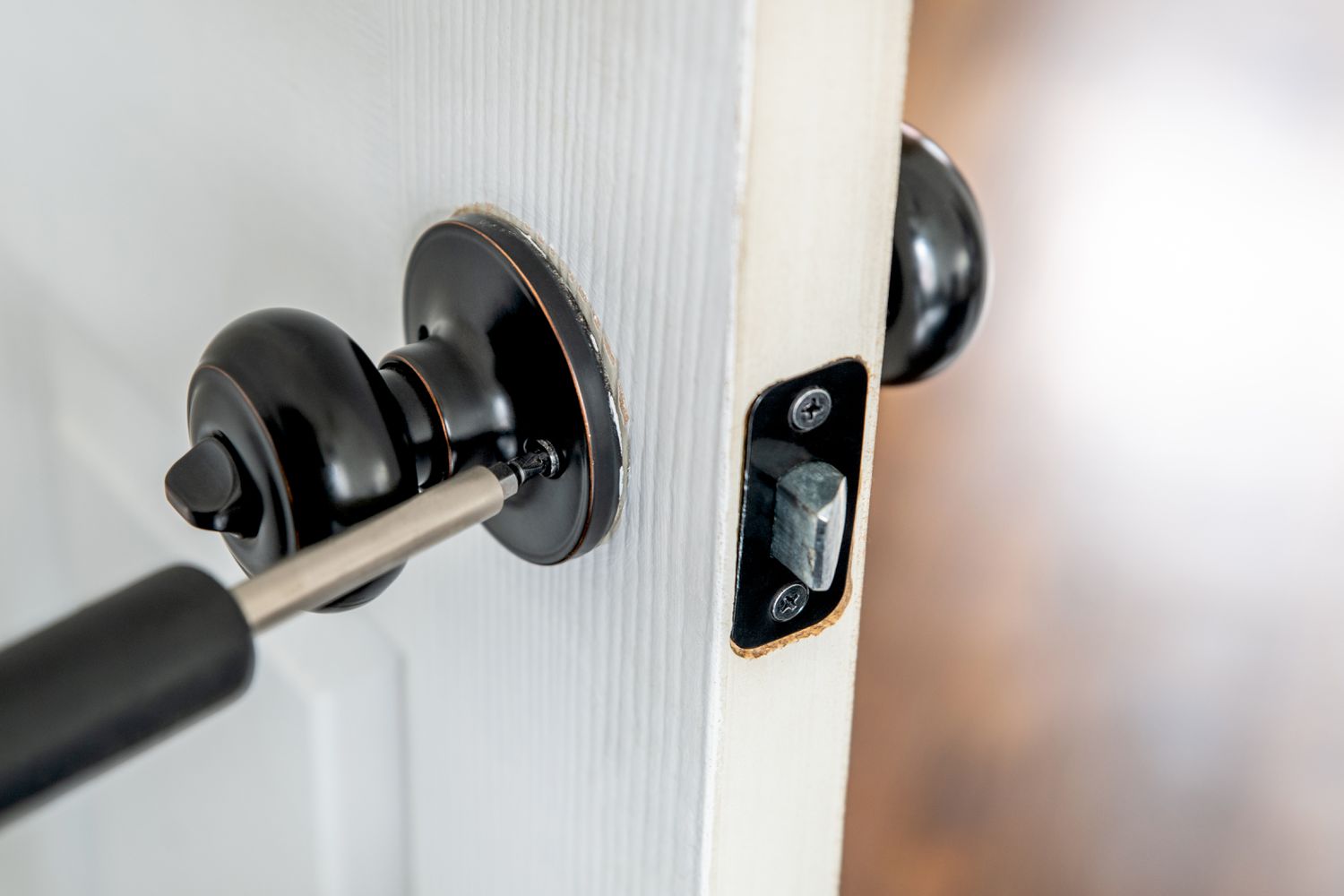

0 thoughts on “How To Fix Loose Arm On Recliner”